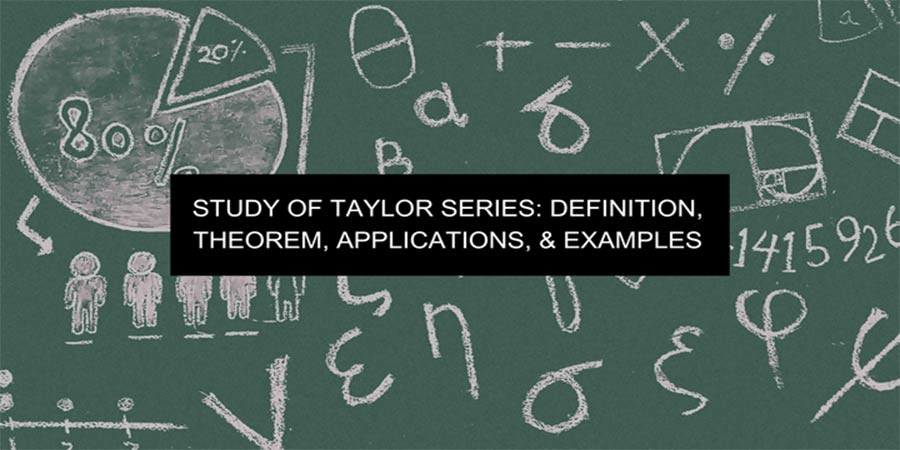
Publisher : Eliza Parker

Taylor polynomial
series derives from the function's derivatives at a single point.f(z) about a point z = a is given by :f(z) = f(a) + f'(a)*(z-a) + f''(a)*(z-a) ^2/2! + f'''(a)*(z-a) ^3/3! + ...f'(a), f’’(a), f'''(a), ... represent the 1st, 2nd, 3rd, and higher derivatives of f(z) calculated at z=a, and the symbol n! denotes the factorial of n.a”, with the residue term Rn(z) assumed as:f(z) = f(a) + f'(a)*(z-a)/1! + f''(a)*(z-a)2/2! + ... + fn(a)*(z-a) n/n! + Rn(z)Rn(z) is the residue period, which is the same as the nth-derivative of f(z) calculated at particular point c between “a” and “z”, multiplied by the (z-c)(n+1) divided by (n+1)! which is Rn(z) = [f(n+1) (c)*(z-c) (n+1)] / (n+1)!f(n)(z) symbolizes the nth derivative of f(z) concerning z.f(z) = sin(z) centered at z=0:z=a is :f(z) = f(a) + f'(a)*(z-a)/1! + f''(a)*(z-a) ^2/2! + f'''(a)*(z-a) ^3/3! + ...f', f'', f’’’, represent the 1st, 2nd, 3rd, etc. differentiation of f(z), correspondingly.Taylor series calculator to get rid of lengthy and time-consuming calculations.